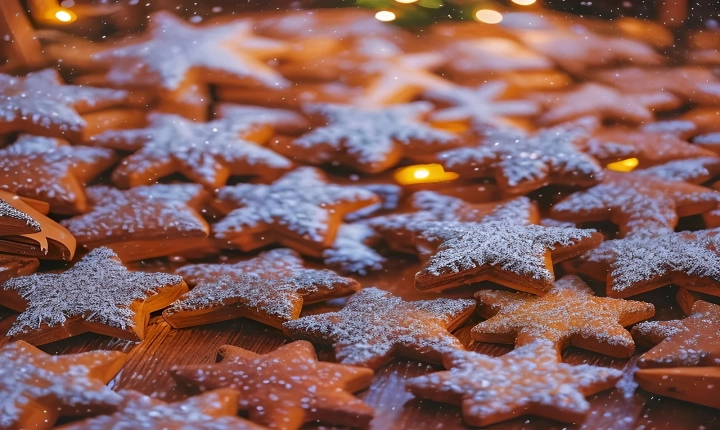AI-generated art has quickly gained attention in the art world, raising questions about its originality and the potential for it to infringe on existing artworks. As AI technology continues to advance, it is becoming increasingly capable of producing impressive and visually stimulating pieces, leading some to wonder if these creations are simply imitations or if they can be considered original works of art.
The controversy surrounding AI-generated art stems from the process by which it is created. AI algorithms are programmed to analyze existing artworks, learn from them, and then use that knowledge to generate new pieces. Critics argue that this method of creation is essentially a form of replication, as the AI is drawing inspiration from existing works rather than coming up with entirely new ideas.
Proponents of AI-generated art, on the other hand, argue that the technology has the potential to create truly original and groundbreaking pieces. They point to the fact that AI algorithms are capable of combining elements from multiple sources, synthesizing new concepts, and generating art that is entirely distinct from anything that has come before. They also argue that the artistic value of AI-generated art lies in the unique process by which it is created, rather than solely the end result.
However, the question of whether AI-generated art is stealing from existing art is more complex than a simple debate over originality. While it is true that AI algorithms are learning from and drawing inspiration from existing artworks, it is important to recognize that art has always been a product of cultural exchange and influence. Throughout history, artists have drawn inspiration from one another, often recreating and reinterpreting existing themes and styles. Therefore, the concept of “stealing” art in the context of AI-generated pieces may need to be reevaluated.
Moreover, many artists and art enthusiasts see AI-generated art as a tool for collaboration and exploration rather than a threat to traditional artistic practices. The technology presents an opportunity to push the boundaries of creativity, challenge preconceived notions of art, and explore new artistic territories. Furthermore, AI-generated art has the potential to democratize the creative process by making art accessible to a wider audience and facilitating new forms of artistic expression.
That being said, it is crucial to consider the question of ownership and intellectual property rights in the context of AI-generated art. As the technology continues to evolve, questions will arise about the legal and ethical implications of using AI to produce art that may bear resemblance to existing works. Artists, art institutions, and legal experts will need to grapple with these issues and establish guidelines for the usage and attribution of AI-generated art in order to protect the rights of original creators.
In conclusion, the debate over whether AI-generated art steals from existing art is multifaceted and warrants careful consideration. While the technology has the potential to revolutionize the art world and open up new creative possibilities, it is important to acknowledge the concerns about originality and intellectual property rights. As AI continues to play a larger role in art production, it is crucial for the art community to engage in a nuanced dialogue that takes into account the potential benefits and challenges of this evolving form of artistic expression.
